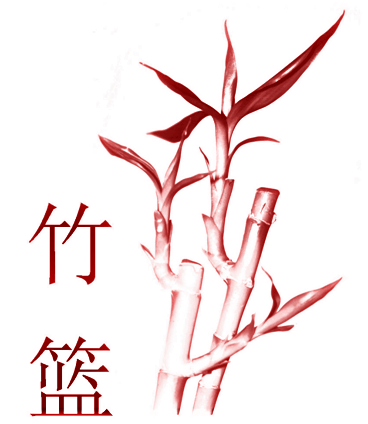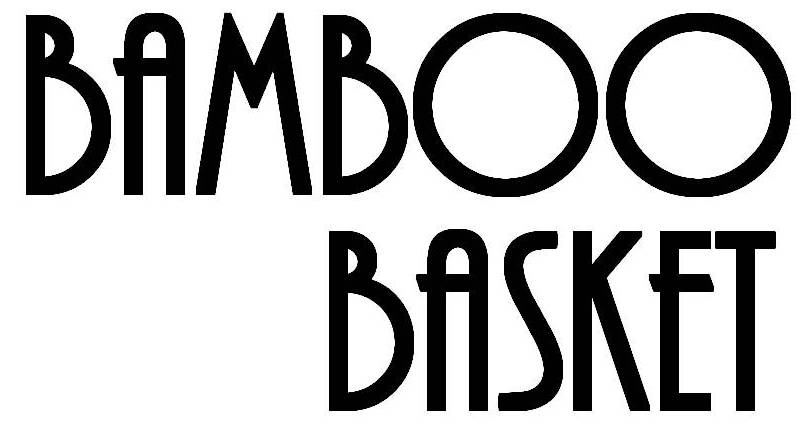CHOPSTICKS WOODS
Chopsticks are made from a variety of different woods, the main ones are summarised here:
Rosewood – purple in colour and hard in nature, the uneven and obvious dark coloured grain gives chopsticks with unique character. The wood is highly wear resistant and is the raw material of choice for making high grade chopsticks.
Suanzhi wood – also named Purple Elm, a tropical evergreen tree with a variety of colours and textures. The brown wood, with its finer texture and ductile nature, tends to be the best. The wood can be highly polished to a mirror-like finish to give simple, elegant and durable chopsticks.
Rose wood – Chinese legend has it that rose wood infusions can reduce blood pressure, prevent colds and reduce cholesterol. Use of the wood for it’s supposed health benefits has made it scarce in China and is now imported from other south east Asian countries. The wood is hard and strong. It is red, or reddish brown, with the colour fading towards the edges. The grain is usually blue or grey and gives the wood a distinctive finish. Use of this wood is now quite rare.
Ebony – this pitch black wood originates from Indonesia and the Malay Peninsula. Ebony is now grown in Hainan, Yunnan and Nanfan. It is hard, dense and non-deformable. Ebony chopsticks are elegant, shiny and smooth and give years of dependable use.
Purple sandlewood – is a large evergreen tree and originates from Funan Province. The wood is purple in colour, and is a hardwood which sinks in water. It is slow growing, tough and strong with a delicate and even grain structure. Chopsticks made from purple sandlewood are very precious in nature.


